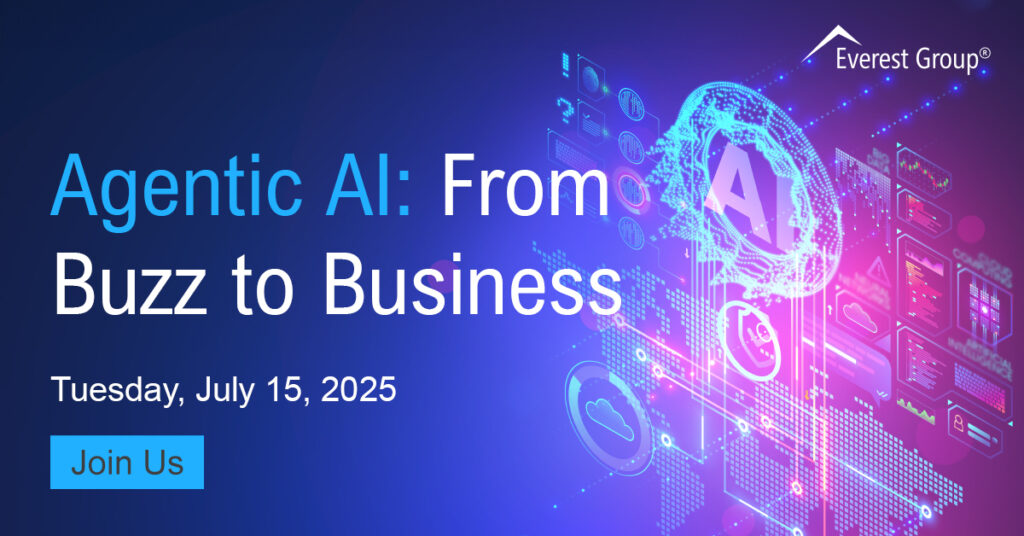How generative AI transforms business value
Globally, enterprises are working to keep up with current generative AI trends and identify the benefits and practical use cases while addressing risk. They want to know how to avoid possible threats and, at the same time, move quickly toward generative AI technology adoption to remain competitive.
Everest Group is helping business leaders find the needed answers to their questions, so they can uncover the right opportunities, determine the best price, and ensure safety.
Let’s Connect





